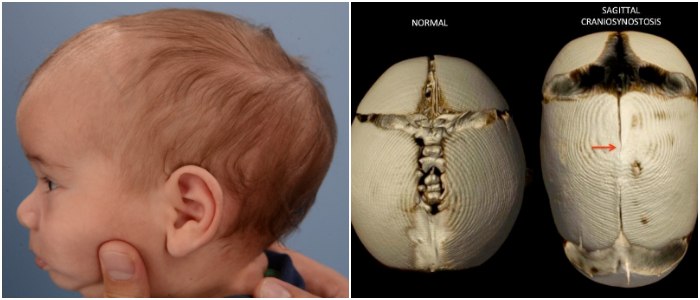Is a clinical issue that affects the semi-solid tissue inside the bones.
Bone Marrow Edema, also known as Bone Marrow Lesion, is a condition that consists of the accumulation of excessive fluid in the bone marrow.
The bone marrow is a soft, sponge-like tissue that fills the medullary cavities inside some bones of the body
The bone marrow contains stem cells, a unique kind of cell capable of becoming many different types of cells, and replicating rapidly.
Medical experts consider the bone marrow as a vital part of the body due to the fact it produces new red and white blood cells, as well as platelets.
These cells play a significant role in oxygen transport, fighting infections, and even blood clotting to stop bleeding from an injury.
Usually, doctors recognize two types of bone marrow, one of them being the red bone marrow, also known as “myeloid tissue;” and yellow bone marrow, also called “fatty tissue.”
Sometimes a Bone Marrow Lesion is related to Osteoarthritis, the most common form of Arthritis, which features cartilage loss in a joint.
In such cases, Bone Marrow Edema is a sign of a worsening Osteoarthritis condition.
Bone Marrow Edema usually affects middle-aged men.
Causes
More often than not, the Bone Marrow Lesion occurs due to trauma. Specifically, injuries that could lead to fractures, or make two bones get crushed together.
If someone takes damage in the areas of the spine, hip, knees, or ankle, such person could end up with joint injuries that increase the risk of developing a Bone Marrow Lesion.
The fluid that starts accumulating in the bone cavities occupied by the bone marrow could be either blood or the build-up of fluids coming from scarred tissue (fibrosis) or tissue death (necrosis).
Some of the most common cause of Bone Marrow Edema include the ones listed here below:
Stress Fracture: when a bone undergoes excessive/constant pressure, strain or loading, it tends to crack. Such fractures usually happen at the foot, hip, ankle, or knee.
Anterior cruciate ligament sprain, which refers to the stretching that leads to the tearing of the band of dense connective tissue courses from the femur to the tibia.
Some experts consider that spraining to be one of the most common knee injuries. It often happens to athletes when they stop and quickly change directions while they’re running.
Vertebral compression fractures: they occur when the bones of the spine break because of significant trauma, or a weakening of the vertebra caused by bone diseases.
Some of those conditions could be Osteoporosis or Osteopenia (both diseases can cause a reduction in bone mass and density).
Bone tumors: growths of abnormal cells within the bone that ultimately undermine the structural integrity of the affected bone and increase the risk of a fracture.
Hip dislocation, which occurs when the head of the femur forced out of its socket in the pelvis. It leads to a remarkable decrease in the blood supply to the bone that causes Osteonecrosis.
Osteonecrosis, also known as Bone Necrosis or Avascular Necrosis, consists of the death of bone tissue. In these cases, the patient feels a remarkable pain or discomfort in the affected area.
Marrow Edema Symptoms
In some cases, the patient who suffers from a Bone Marrow Edema is asymptomatic.
But, more often than not, the primary symptom of this condition is the sensation of pain in the affected bone. The severity of such pain depends on the underlying cause of each particular case.
Sometimes, pregnant women can experience that pain or discomfort during the last trimester in long bones, with the affected site being tender to the touch.
Other potential symptoms of the Bone Marrow Lesion include dysfunction of the bone or joint, which may occur as a result of the accumulation of fluid.
Diagnosis
Physicians and clinicians can identify this condition through a Magnetic Resonance Imaging (MRI) scan.
While this test is quite useful when it comes to detecting the accumulation of fluid, it can also help to spot subchondral cysts.
It turns out that a Bone Marrow Edema can result in damage to the cartilage, which leads the cartilage to thicken forming cysts within the joints.
Marrow Edema Treatment
In some cases, the Bone Marrow Edema will disappear on its own. However, this largely depends on the cause of the condition.
For example, several people who get a Bone Marrow Lesion due to Osteonecrosis, often find that the affected bone grows new blood vessels and regrows itself, which leads to the condition to subside.
When a healthcare provider examines a case and considers necessary to treat the patient, the procedures to take will also depend on the underlying cause of the Lesion.
The treatment usually involves rest, medications, steroid injections or surgery.
Medical experts only resort to surgical procedures if every other option fails to provide relief from the symptoms.
Surgery would focus on repairing the damaged ligament and pin fractures, as well as removing bone tumors if the patient developed such growths.
However, no treatment available serves as a definitive cure for Bone Marrow Edema. They only alleviate the symptoms of this condition.




